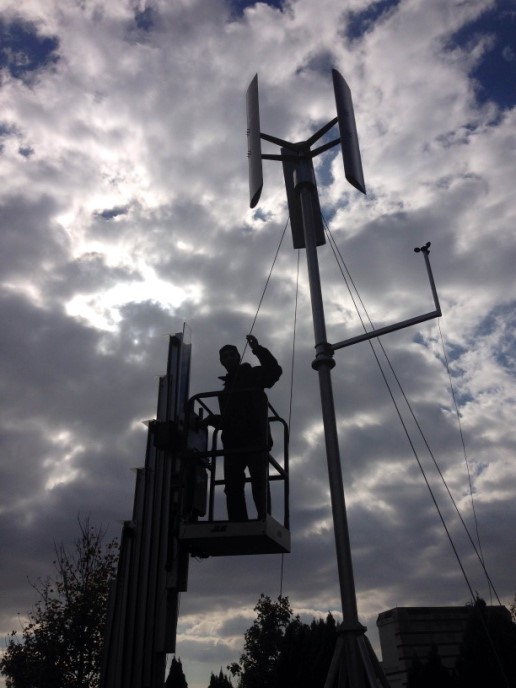 Distribution of the hydrogen mole fraction in the new design"
Distribution of the hydrogen mole fraction in the new design"
Owing to high energy efficiency and density, polymer electrolyte membrane fuel cells (PEMFC) are very attractive for transportation and stationary applications. However, commercialization of the PEMFC technology is hindered by problems such as high cost, complexity of the system, and durability of the polymer membrane, electrode and catalyst materials. Our research aims to design and develop PEMFCs that operate with high hydrogen utilization with fewer parts in the overall system. In a current project funded by TUBITAK, we are developing a PEMFC that consists of approximately 10 cells with a large active area (approximately 400 cm2), delivers about 3 kW at ultra-low stoichiometric flows at the anode exit. Computational models are used to design flow and cooling channels, which are appropriate for these operating conditions and the thermal management system.



 Distribution of the hydrogen mole fraction in the new design"
Distribution of the hydrogen mole fraction in the new design"
 Installation of the experimental test-bed by research personnel in SU campus.
Installation of the experimental test-bed by research personnel in SU campus.